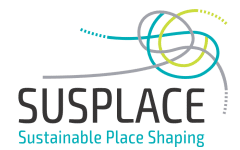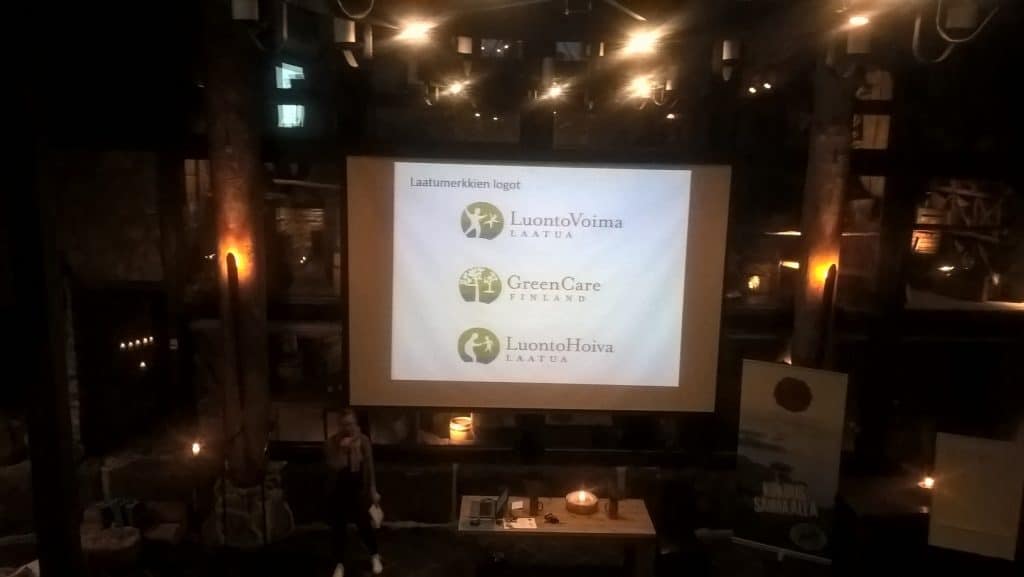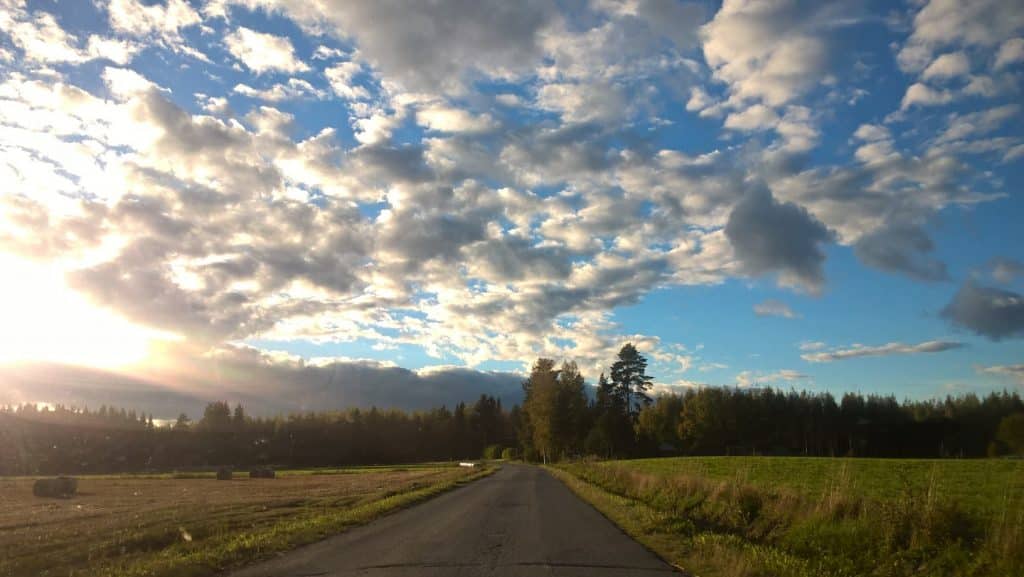
It’s a chilly September morning in Helsinki. My destination is more than 300 km away, but I am lucky enough to get a lift from a friendly acquaintance, a Finnish rural development consultant, who, as myself and other roughly 140 people, will be participating to the Green Care Days 2016. The place we are heading to is located in Rantasalmi municipality, in the eastern region of Southern Savonia, right in the heart of the Finnish Lakeland.
The venue of the conference is a unique hotel designed in medieval style on the shores of Lake Saimaa, beautifully surrounded by conifer forests and home of the local mascot: the ringed seal. To be honest, medieval-style design was never my thing, but I soon learn that Finns just love the place: it feels indeed a very suitable venue to discuss about nature and wellbeing. Green care services are precisely practices aimed at promoting beneficial health and social effects through the active exposure to natural environments[1].
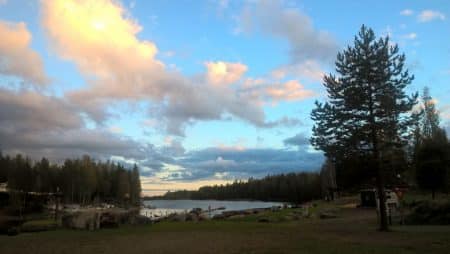
Green care is an emerging field of study and practice in Finland, and well, it is “my” field of study, the topic I will be fully devoting my research work for the next three years in the framework of SUSPLACE. Thus being at the Green Care Days 2016 is really the right spot to get an insight of what’s brewing out there. The event, now taking place for a few years already, brings together researchers, entrepreneurs and public sector representatives, to discuss and learn about the latest developments in the field, and this year more specifically in the field of care farming, also known as social farming.
The conference is moderated by Saimi Hoyer, a former Finnish model who, after many years spent working abroad, has decided to come back to her home country to enjoy the unique forest environment and – quoting her words – “its healing effects” (and also its delicious mushrooms J, she later tells me over dinner). The main morning session is dedicated to the experiences of four entrepreneurs, who have been participating in the project “Hoivafarmi” (literally “care farming”), coordinated by Mikkeli University of Applied Sciences (MAMK) and the Ruralia Institute at the University of Helsinki, and financed by the European Social Fund, among others. The project has targeted different kinds of vulnerable groups, including psychiatric patients and disabled adults and children. The audience is very much engaged in the stories introduced: many potential new entrepreneurs are eager to learn from existing best practices and further improve the services to be provided.
The floor is then given to Kirsti Sikkilä, a retired psychiatrist who introduces the main existing institutional barriers in financing health and social care treatments in Finland in the context of care farming. Her speech is all the more relevant these days, given the fact that the government has been preparing for years a major reform of the social welfare and healthcare systems[2], which will have important implications also for green care entrepreneurs. Following her presentation, Merja Mäkisalo, a member of the Finnish parliament, takes the floor, calling for a change of mentality from the part of policy makers, to embrace the concept of green care and its possible beneficial impacts, not only in terms of people’s rehabilitation, but also for the country’s future with regards to bio-economy, tourism, sustainable development and multi-professional cooperation among different sectors (e.g. environmental art). Parallel afternoon workshops are then held, focusing on different kinds of therapeutic interventions carried out in local farms.
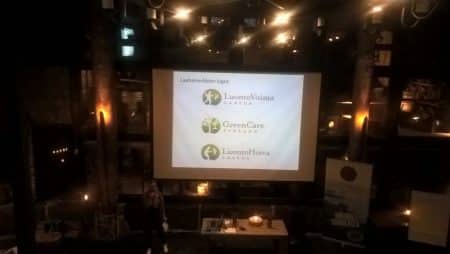
It’s soon evening time, and everybody is increasingly curious about the cultural highlight of the day that has been organized for the social dinner: the bear feast. I get kindly directed towards a seat next to the only other foreigner participating to the conference. A dead bear is displayed in the room, but I am too scared to look at it closely. In front of my plate is a place card with “my” Finnish ancient name (“Heikki Pekanpoika Kuppari”) and next to it four juice shots and the lyrics of a drinking son. We are then invited to participate to the mise-en-scene of the rituals that in ancient times would have followed the killing of the bear, “kahru” in Finnish, the king of the forest and the most respected animal in local culture. A moose filet and four juice shots later, an almost sacred silence welcomes the memories of an old hunter and “bear expert”, who entertains the audience with accounts of his work, and tells about the killing of the big animal exposed in the room. Yes, that bear!
The second and last day of the conference, presentations mainly focus on the development of the green care quality mark that will be launched by the Green Care Finland association in the coming months. Tuomo Salovuori (Green Care Finland association), Elina Vehmasto (Natural Resources Institute Finland – Luke) and Marika Kettunen (National Institute for Health and Welfare) introduce the latest progress jointly achieved. The establishment of a certification system is mostly welcomed by most stakeholders at the conference, with the hope to improve the quality of the services provided, and encourage new cross-sectoral collaborations in further developing the field of green care at national level.
The conference comes to an end with the speech of international guest Robin Asquith (Care Farming UK) who explains the value of social prescribing in the United Kingdom, not only for the healthcare sector but also to further promote positive examples of multifunctional agriculture in the country.
I return to Helsinki pondering over what’s been the recurring mantra throughout the Green Care Days 2016: more research is needed to inform the work of policy makers. My heart pounds and my Italian hands are frantically up in the air as a pressing thought twirls around in my mind: how can I best contribute to this field of study and practice with my own research work, in the context of sustainable place-shaping. It is a mixed feeling of responsibility and excitement for the many adventures that will come along this three years journey.
Many thanks to Päivi Pylkkänen (University of Helsinki), Teija Skyttä (MAMK) and Johanna Hirvonen (MAMK) for organizing a great event and for introducing me to green care activities in Southern Savonia!
[1] Sempik J., Hine R. and Wilcox D. (Eds.). 2010. Green care: a conceptual framework. A report of the working group on the health benefits of green care, COST Action 866, Green care in agriculture. Loughborough: Centre for child and family research, Loughborough University.
[2] Ministry of Social Affairs and Health Finland. 2016. “Draft laws on health, social services and regional government reform circulated for comment”. Available at http://stm.fi/en/article/-/asset_publisher/sote-ja-maakuntauudistuksen-lakiluonnokset-lausunnolle
